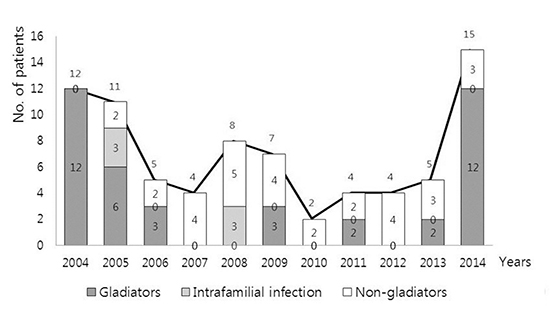Abstract
Graphical Abstract

Journal List > J Korean Med Sci > v.31(2) > 1023201

Weon Ju Lee 
https://orcid.org/http://orcid.org/0000-0001-5708-1305
Hyun Bo Sim 
https://orcid.org/http://orcid.org/0000-0002-0462-4924
Yong Hyun Jang 
https://orcid.org/http://orcid.org/0000-0003-1706-007X
Seok-Jong Lee 
https://orcid.org/http://orcid.org/0000-0002-6131-632X
Do Won Kim 
https://orcid.org/http://orcid.org/0000-0001-6632-1374
Jae Bok Jun 
https://orcid.org/http://orcid.org/0000-0003-4834-4526
Yong Jun Bang 
https://orcid.org/http://orcid.org/0000-0001-7242-9306